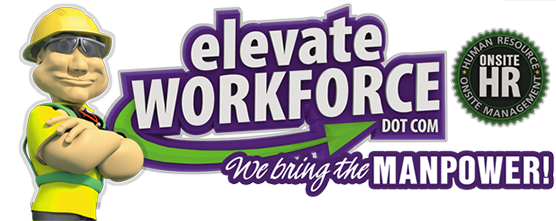Top 10 Concrete Safety Tips Every Worker Should Know

1. Wear Appropriate Personal Protective Equipment (PPE)
Wearing appropriate Personal Protective Equipment is crucial for concrete workers. Safety goggles are essential as they protect the eyes from splashes of wet concrete and flying particles, preventing eye injuries. Gloves are necessary to avoid direct skin contact with wet concrete, which can lead to chemical burns due to its caustic nature.
A dust mask or respirator is vital to prevent the inhalation of dust particles, which can cause respiratory issues. Additionally, wearing steel-toed boots is important to protect the feet from falling objects and to prevent injuries from stepping on sharp objects.
2. Proper Lifting Techniques
Using proper lifting techniques is essential to avoid back and musculoskeletal injuries, which are common in jobs that involve lifting heavy objects, such as bags of concrete mix. Workers should bend their knees and keep their backs straight while lifting and should avoid twisting their bodies.
It’s important to seek help from a colleague or use mechanical aids like forklifts or hand trucks when lifting objects that are too heavy to manage alone. This not only prevents injuries but also promotes a culture of safety and teamwork on the worksite.

3. Keep the Work Area Clean and Organized
Maintaining a clean and organized work area is vital to prevent accidents like tripping and falling, which can lead to serious injuries. Workers should promptly remove any tools, debris, and other tripping hazards from the work area and keep walkways and access areas clear.
A clutter-free work environment promotes efficiency and reduces the risk of accidents, creating a safer and more productive workspace for everyone involved.

4. Use Tools and Equipment Safely
The safe use of tools and equipment is paramount in preventing accidents and ensuring the well-being of workers. Regular inspection of tools and equipment is necessary to identify and rectify any defects or malfunctions that could lead to accidents.
Workers should always use tools and equipment according to the manufacturer’s instructions and should be trained adequately for their proper use. This ensures that the tools and equipment are used effectively and safely, reducing the risk of injuries.
5. Avoid Skin Contact with Wet Concrete
Avoiding skin contact with wet concrete is crucial as it can cause chemical burns due to its alkaline nature. Workers should be diligent in avoiding direct skin contact and should wash their skin promptly with water if it comes into contact with wet concrete.
6. Stay Hydrated and Take Regular Breaks
Staying hydrated is crucial, especially for workers engaged in physically demanding tasks like handling concrete, particularly in hot weather. Dehydration can lead to heat-related illnesses such as heat exhaustion and heat stroke, which can be severe and life-threatening.
Drinking plenty of water throughout the day is essential, and workers should also take regular breaks in shaded areas when working under the sun to cool down and recover. These practices are vital in maintaining the well-being and productivity of workers in the construction environment.
7. Secure the Work Area
Securing the work area is a fundamental safety practice in concrete work. The use of barriers and signs is essential to keep unauthorized persons and bystanders away from the work area, minimizing the risk of accidents involving non-workers.
Additionally, securing loose objects that could fall or be knocked over is crucial to prevent injuries to workers and damage to equipment. A secure work area ensures a controlled and safe environment, reducing the likelihood of unforeseen incidents and promoting overall safety on the worksite.

8. Be Aware of Surroundings
Being aware of one’s surroundings is crucial in a dynamic environment like a construction site. Workers should be mindful of moving equipment and vehicles in the work area to avoid collisions and accidents.
Additionally, staying alert to potential hazards such as overhead power lines and underground utilities is essential to prevent electrocutions and other serious incidents. A heightened sense of awareness and attentiveness to the environment enables workers to react promptly to potential dangers, enhancing safety on the worksite.
9. Follow Lockout/Tagout Procedures
Following lockout/tagout procedures is essential when servicing equipment to ensure that all energy sources are isolated, preventing unexpected equipment start-up. These procedures are critical in avoiding accidents such as crush injuries, amputations, and electrocutions.
Workers should be trained in proper lockout/tagout procedures and should strictly adhere to them to ensure their safety and the safety of their colleagues. Compliance with these procedures is a fundamental aspect of maintaining a safe working environment in industries involving the use of heavy machinery and equipment.

10. Get Proper Training
Receiving proper training is paramount for every worker involved in concrete work. Training should encompass the safe use of tools, equipment, and materials, enabling workers to perform their tasks efficiently and safely.


















